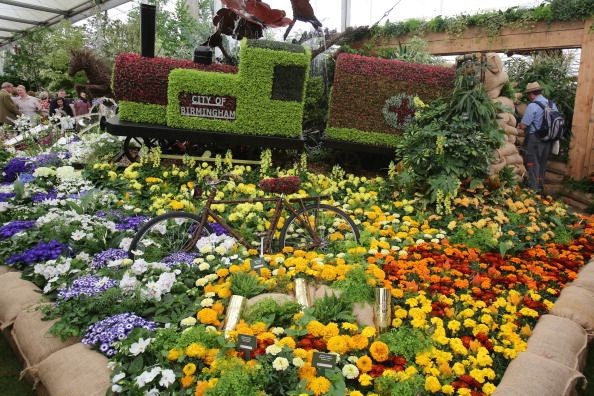
As spring approaches, many gardeners are eager to implement various tips and tricks to help their garden flourish. However, not all gardening hacks are created equal, and some may actually do more harm than good.
While it's tempting to try out every gardening hack you come across, it's essential to separate fact from fiction when it comes to caring for your plants. By avoiding these four common gardening mistakes, you can set your garden up for success and enjoy a bountiful harvest come summertime.
In this article, we'll explore four commonly recommended gardening hacks that you should skip this spring to ensure a thriving garden.
1. Using Rocks at the Bottom of Plant Pots
Contrary to popular belief, placing rocks or gravel at the bottom of plant pots does not improve drainage. In fact, this practice can actually hinder drainage by creating a perched water table, leading to waterlogged soil and root rot.
Instead of using rocks, opt for high-quality potting soil specifically formulated for container gardening, which provides excellent drainage and aeration for healthy root growth. Additionally, you should always select a plant pot that has drainage holes, especially if you're growing outdoor plants.
2. Using Landscape Fabric in Flower Beds
While landscape fabric may seem like a convenient way to suppress weeds in flower beds, it can create more problems than it solves. Landscape fabric inhibits water and nutrient penetration, disrupts soil structure, and encourages the buildup of harmful pathogens. Instead of relying on landscape fabric, use a thick layer of organic mulch such as wood chips or straw to suppress weeds naturally while enriching the soil and promoting beneficial microbial activity.
3. Using Eggshells as Seed Starters
While eggshells can be a source of calcium for plants, using them as seed starters is not as effective as it may seem. Eggshells do not provide adequate drainage or nutrients for seedlings and can hinder root development. Instead, opt for biodegradable seed starting trays or peat pots filled with a high-quality seed starting mix, which provides the ideal growing conditions for young plants.
4. Relying Exclusively on Homemade Fertilizers
While homemade fertilizers such as compost tea or manure may provide some nutrients to your plants, they often lack the balanced nutrient profile necessary for optimal growth. Relying exclusively on homemade fertilizers can result in nutrient deficiencies or imbalances, leading to stunted growth and poor yields. Instead, supplement your soil with a well-balanced, organic fertilizer specifically formulated for your plants' needs to ensure they receive the nutrients they require for vigorous growth and abundant harvests.
© 2025 Realty Today All rights reserved. Do not reproduce without permission.



